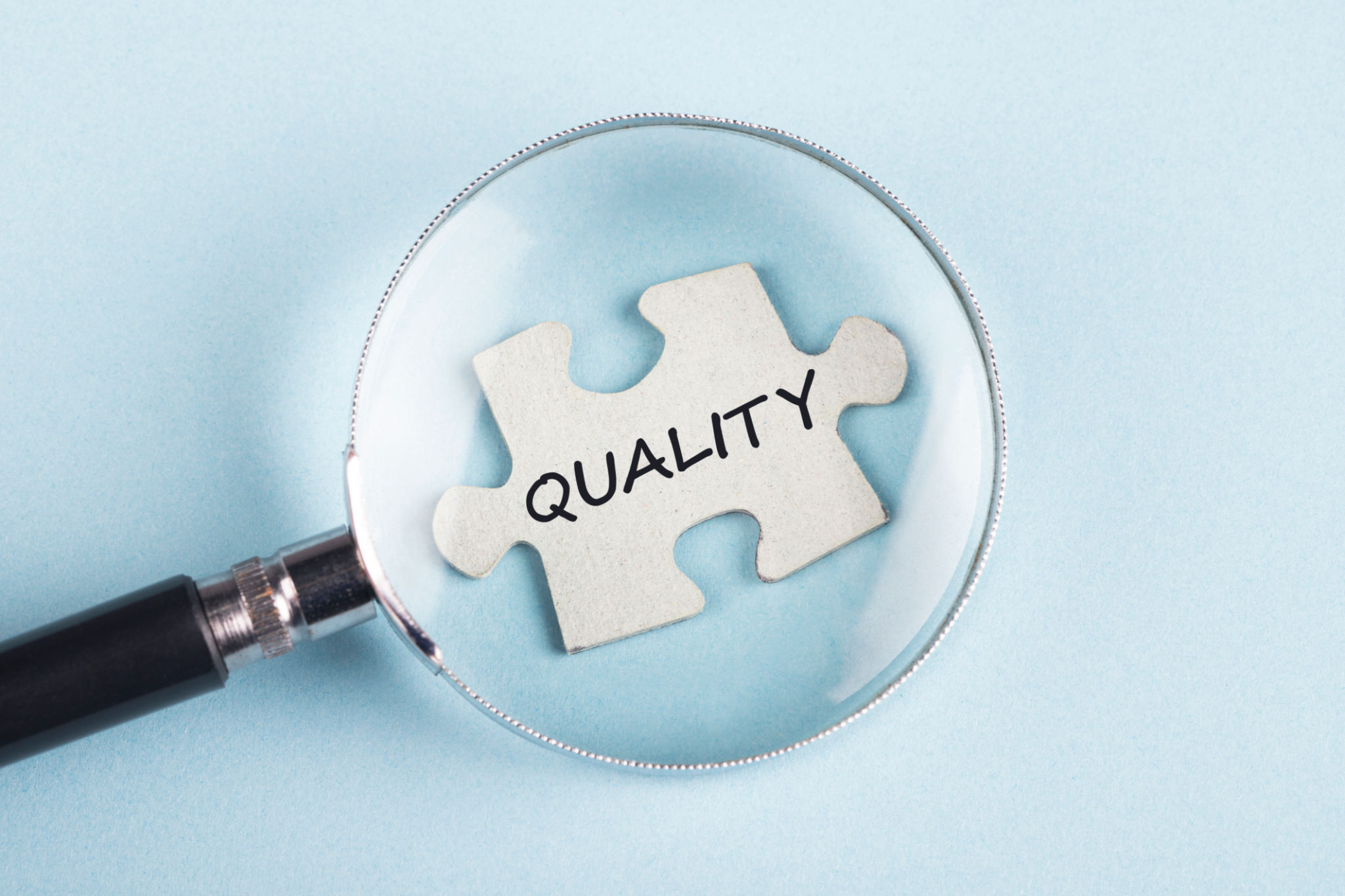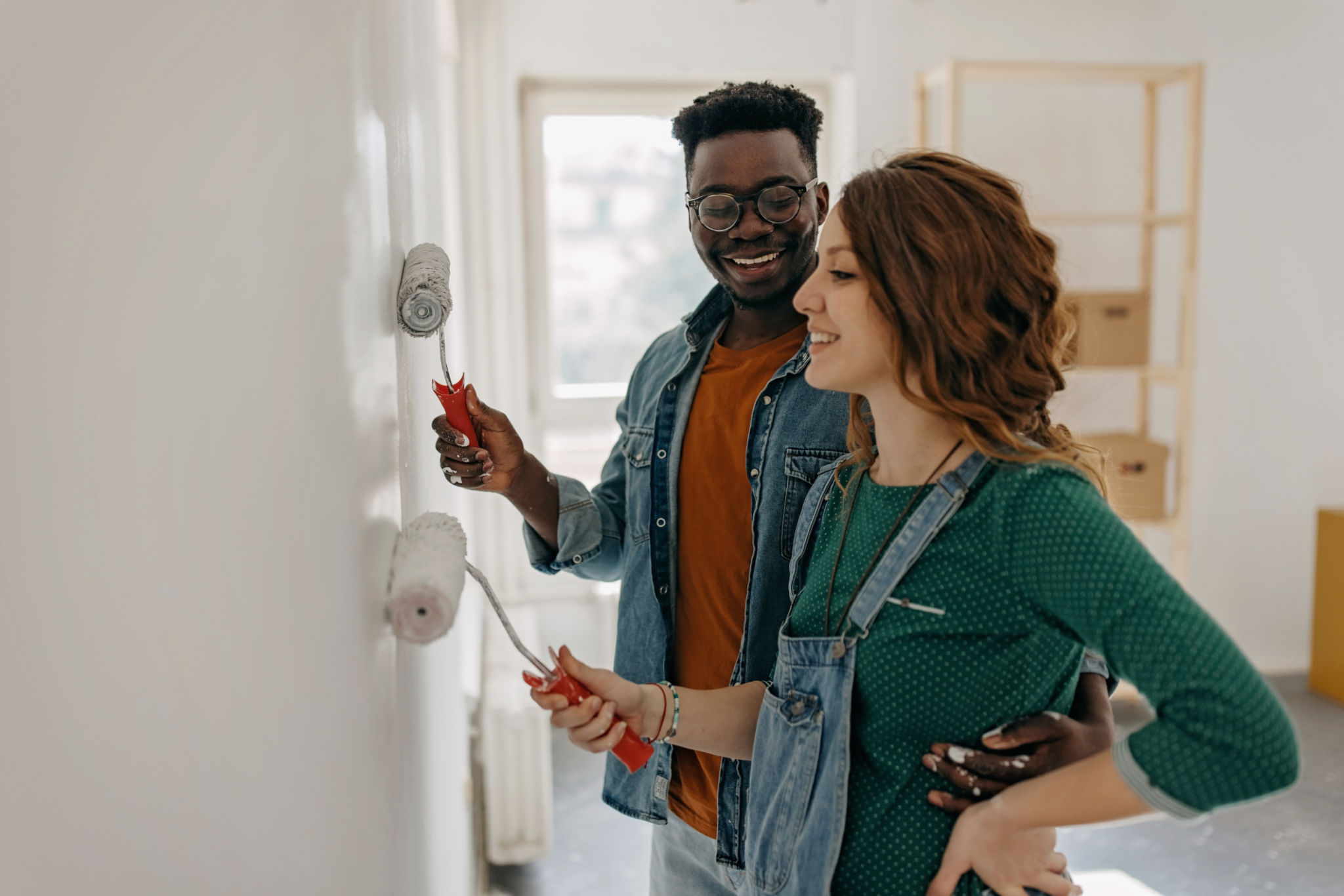Expert Insights: Maintaining Your Interior Hardware for Longevity
Understanding the Importance of Interior Hardware Maintenance
When it comes to home maintenance, interior hardware often goes unnoticed until it starts to malfunction. Yet, these elements play a critical role in the overall functionality and aesthetic appeal of your living space. From door handles to cabinet hinges, maintaining these components can significantly extend their lifespan and save you from costly replacements.

Regular Cleaning and Inspection
One of the simplest yet most effective ways to maintain your interior hardware is through regular cleaning and inspection. Dust and grime can build up over time, leading to operational issues. Use a soft cloth dampened with mild soap and water to wipe down hardware surfaces. For intricate designs, a soft-bristled brush can help reach small crevices.
Regular inspections for signs of wear and tear, such as rust or loose screws, can prevent minor issues from escalating into major problems. Tightening screws and lubricating moving parts with a silicone-based lubricant can help keep your hardware functioning smoothly.
Choosing the Right Materials
The longevity of your interior hardware is heavily influenced by the materials used. Opting for high-quality materials like stainless steel or brass can offer greater resistance to corrosion and daily wear. While they may come with a higher initial cost, these materials can prove to be more economical in the long run due to their durability.

Environmental Considerations
When selecting materials, it's essential to consider the environment in which they will be used. For instance, in humid areas, stainless steel is an excellent choice due to its resistance to rust. In contrast, brass can add a touch of elegance and is well-suited for interior use where moisture is not a concern.
Smart Usage Practices
Proper usage of interior hardware can also contribute to its longevity. Avoid using excessive force on door handles or cabinet pulls, as this can strain the mechanism and cause premature wear. Educating household members on proper usage can go a long way in preserving the functionality of these components.

Upgrading When Necessary
Despite best efforts in maintenance, there comes a time when upgrading might be the best option. If hardware becomes outdated or consistently problematic, consider replacing it with newer models that offer improved functionality and durability. This not only enhances the aesthetic appeal of your space but also ensures safety and ease of use.
The Role of Professional Services
While many maintenance tasks can be handled personally, don't hesitate to seek professional services for complex issues or routine check-ups. Professionals can provide insights into the best practices for maintaining specific types of interior hardware and recommend suitable upgrades when necessary.
Investing in professional services can also offer peace of mind by ensuring that all hardware components are in optimal condition, reducing the risk of unexpected failures.
Conclusion: A Worthwhile Investment
Maintaining your interior hardware is an investment in the longevity and functionality of your home. By incorporating regular cleaning, choosing quality materials, implementing smart usage practices, and seeking professional guidance when needed, you can ensure that these essential components continue to serve you well for years to come.
